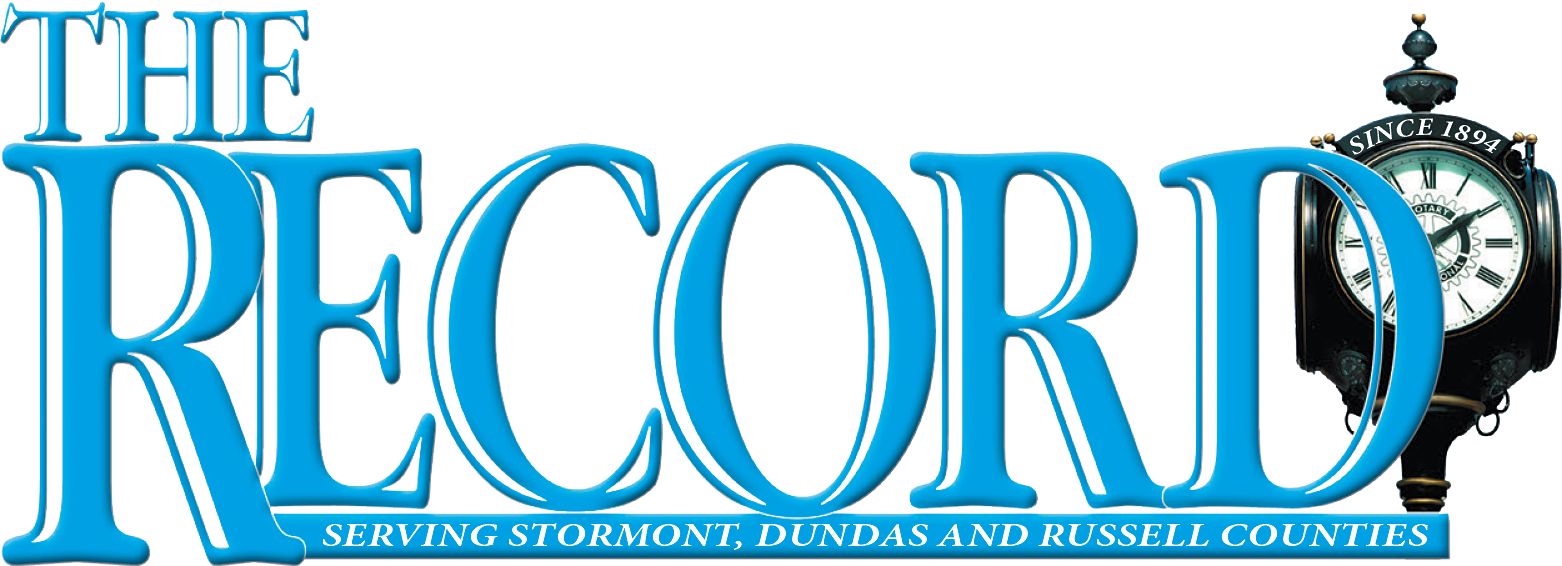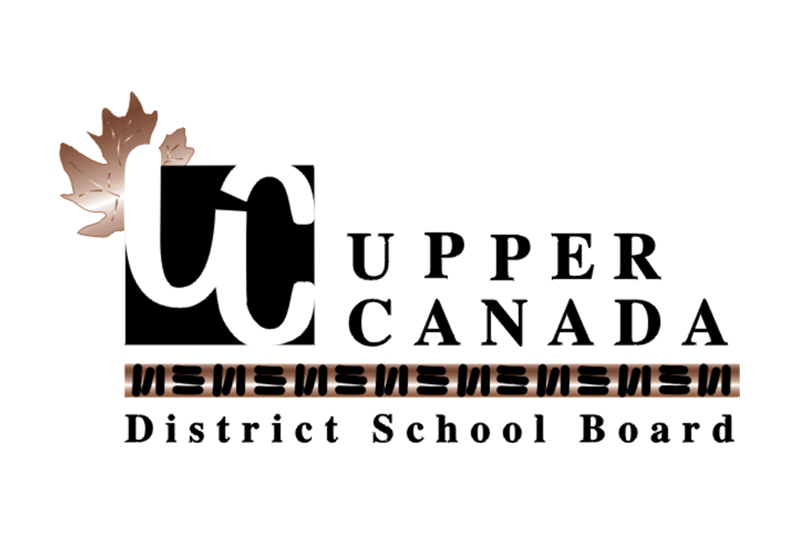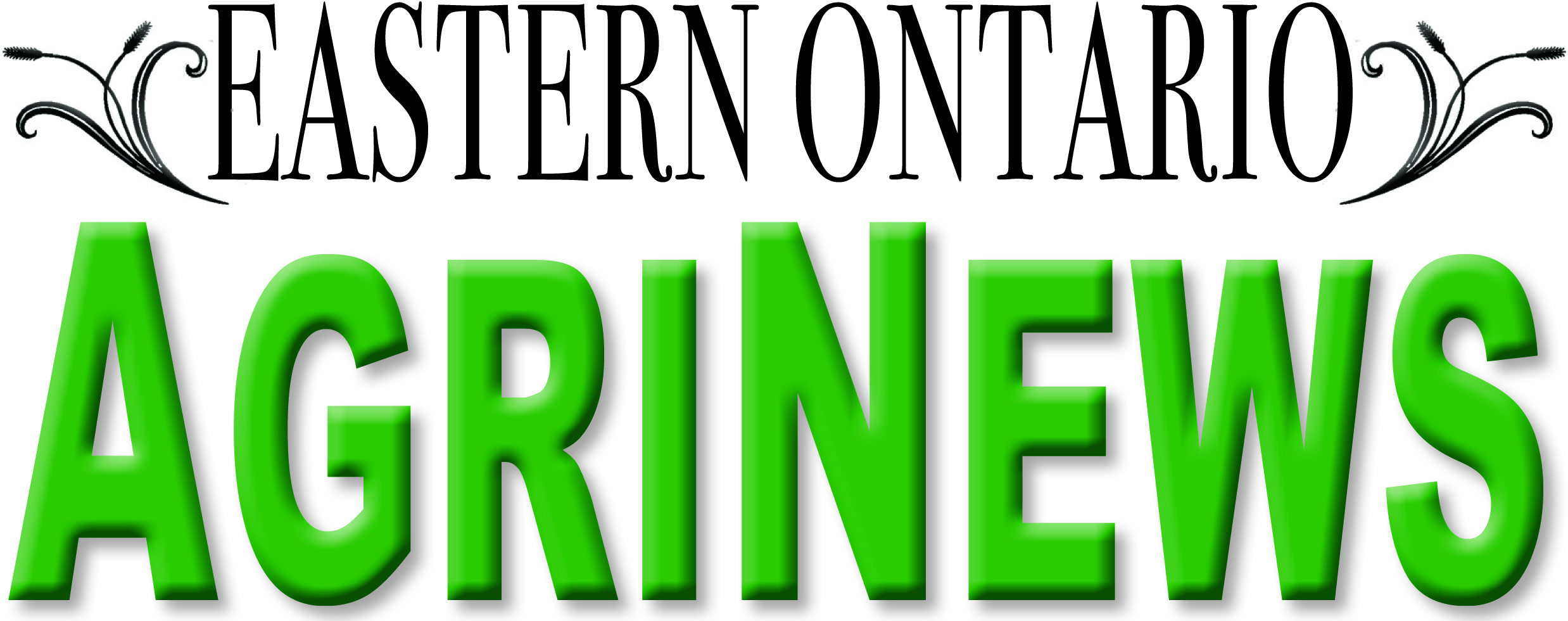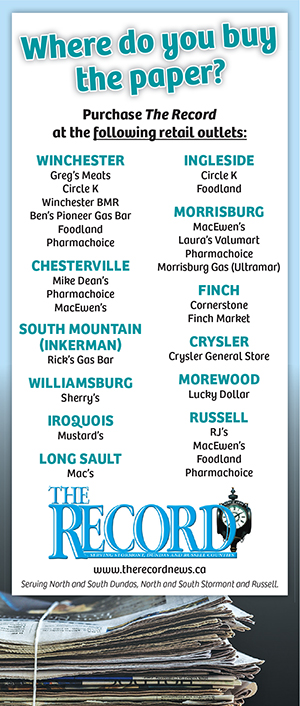Tricia Surette
Record staff
Going back to school this fall may be a challenge.
On Thurs., July 30, Premier Doug Ford and Stephen Lecce, Minister of Education, held a press conference to announce their plan for the upcoming school year, something that school boards, teachers and parents have anxiously been waiting for, so that they too can begin to finalize preparations and make the best choices for themselves and their children.
“While we’re facing an unprecedented situation, we’re prepared for anything, armed with the best medical advice available, to protect your child at school,” said Ford at the press conference. “With these measures in place, our classrooms will be as safe as we can make them. When it comes down to it, our children belong in school.”
The plan unrolled by the government included $309-million dollars in extra funding to cover protective gear for teachers and staff, money for new teachers and educational assistants, as needed; up to 1200 new custodians, and 500 public health nurses to work intimately with school groupings to help facilitate the screening and monitoring for Covid-19 in the schools.
The money also includes health and safety training for teachers, including occasional teachers, and school staff. There is also new money for mental health services, and an additional $10-million dollars earmarked for students with exceptionalities to help ensure their safe and successful return to full-time classes along with their peers.
“We’re going to get our kids back to school in a way that looks and feels as much as it used to,” said Ford, “five days a week, five hours of instruction a day, with lunch and breaks in between.”
In the Upper Canada District School Board (UCDSB), all grades, including the high schools, are expected to return to a full-time teaching routine. Grades 4 through 12 will have to wear masks all day, whereas kindergarten through Grade 3, masks will not be made mandatory.
There have been mixed reactions from parents and teachers across online communities over the weekend.
Some feel it’s absolutely imperative that things get back to normal as soon as possible for our schools and our children, while others are very concerned that the government has not done enough to protect their kids, the teachers, the staff and all the families they belong to.
“[At home] we can pick and choose who we’re going to bubble with,” said Bonnie Laverge, guardian of her 9 year old grandson. “Going to school, I can’t pick and choose who he is going to bubble with. Both my husband and I are in our mid-sixties, I’ve suffered some lung issues over the last few years, so that’s my concern –if he brings it home, he could get quite sick but I know I will get really sick.”
Vanessa McKay is a mother of two children who are currently attending school in the UCDSB. She is also a part-time education assistant, so her worries are two-fold; the safety of her kids and her own safety, not to mention the safety of the vulnerable students she works with and their families.
“I work one on one with special needs children, so it is very nerve wracking,” said McKay.
“Not only am I worried about catching it from them, I’m worried about giving it to them because a lot of them may be more prone to catching it; you don’t know what their underlying conditions are with some of these kids. We’re a lot more hands on. So, it’s going to be a huge returning. I totally agree, we need to get back to school for these kids. 100 per cent we need a full return but I’m not thrilled, I don’t feel it’s as safe as it could be.”
Other concerns with the plan that was rolled out on Thursday include how the buses would manage cleanliness to keep children safe, the safety of the youngest school age children when only the teachers are expected to be masked and that the plan didn’t include the reduction of class sizes to enable better social distancing. There was also concern that some families, for whatever reason, would not follow screening protocols or keep an adequate supply of clean masks available, thereby endangering everyone else and the success of the plan.
“There are families out there that won’t make the best judgment call when it comes to the health of their child and they will send them to school,” said McKay, “and that is going to put the staff and the students at risk.”
Right now, there’s a lot of conjecture. The government released their plans on a Thursday before a long weekend. At time of publishing, the UCDSB had not issued any formal response other than to confirm they will be proceeding with planning for option three; a full re-opening of the schools. More is expected some time this week.
“Trying to put some faith into our board and really hope that they come up with some plans,” said McKay. “I know it’s hard, because their hands are tied, they can’t create smaller classrooms and hire more teachers if the funding is not there. I hope that each principal at each school and the board somehow find a way to make this work.”
Many parents are hesitant to make a decision until they have more information.
“They aren’t going to know til the last week of August,” said Laverge, “so I’m not going to worry about it until the last week of August and just enjoy the summer.”
Eastern Ontario only very recently moved to stage three re-opening, Laverge pointed out, and the results of that have yet to be seen. If there was a resurgence in Covid-19 numbers, the schools might not be able to open at all, despite Ford’s promise that the government will do whatever is needed to get kids back to school and parents back to work.
The stability and health of the community is a key ingredient in the success of sending the children back to school.
“This plan and the ability of kids to continue learning week after week,” said Dr. Barbara Yaffe, associate medical officer of health for Toronto Public Health, “really is dependent on that social contract with parents, with citizens, with young people, with all of us having a role to play to do our part to reduce the risk and to continue the practices as advised by public health in the province and country.”










